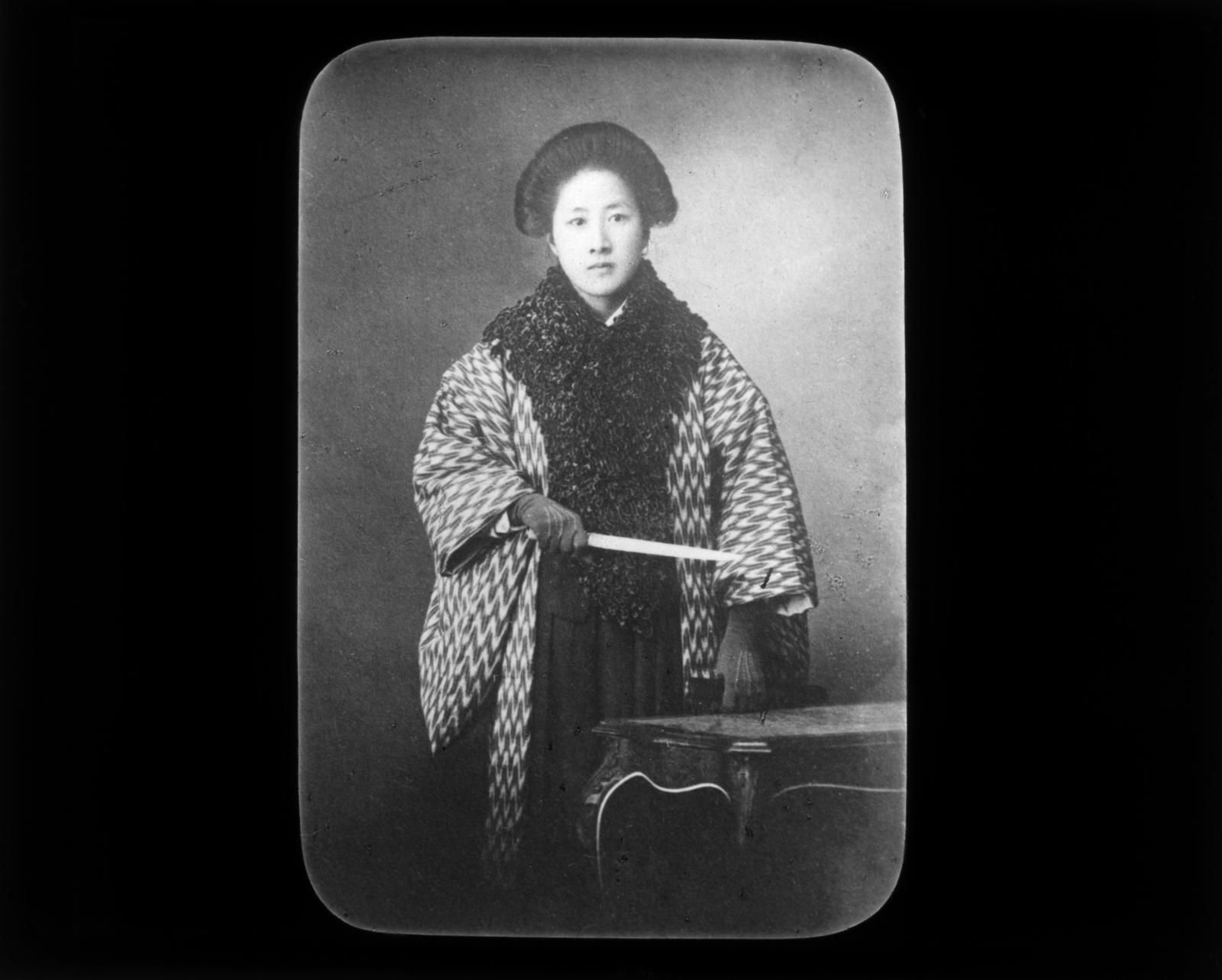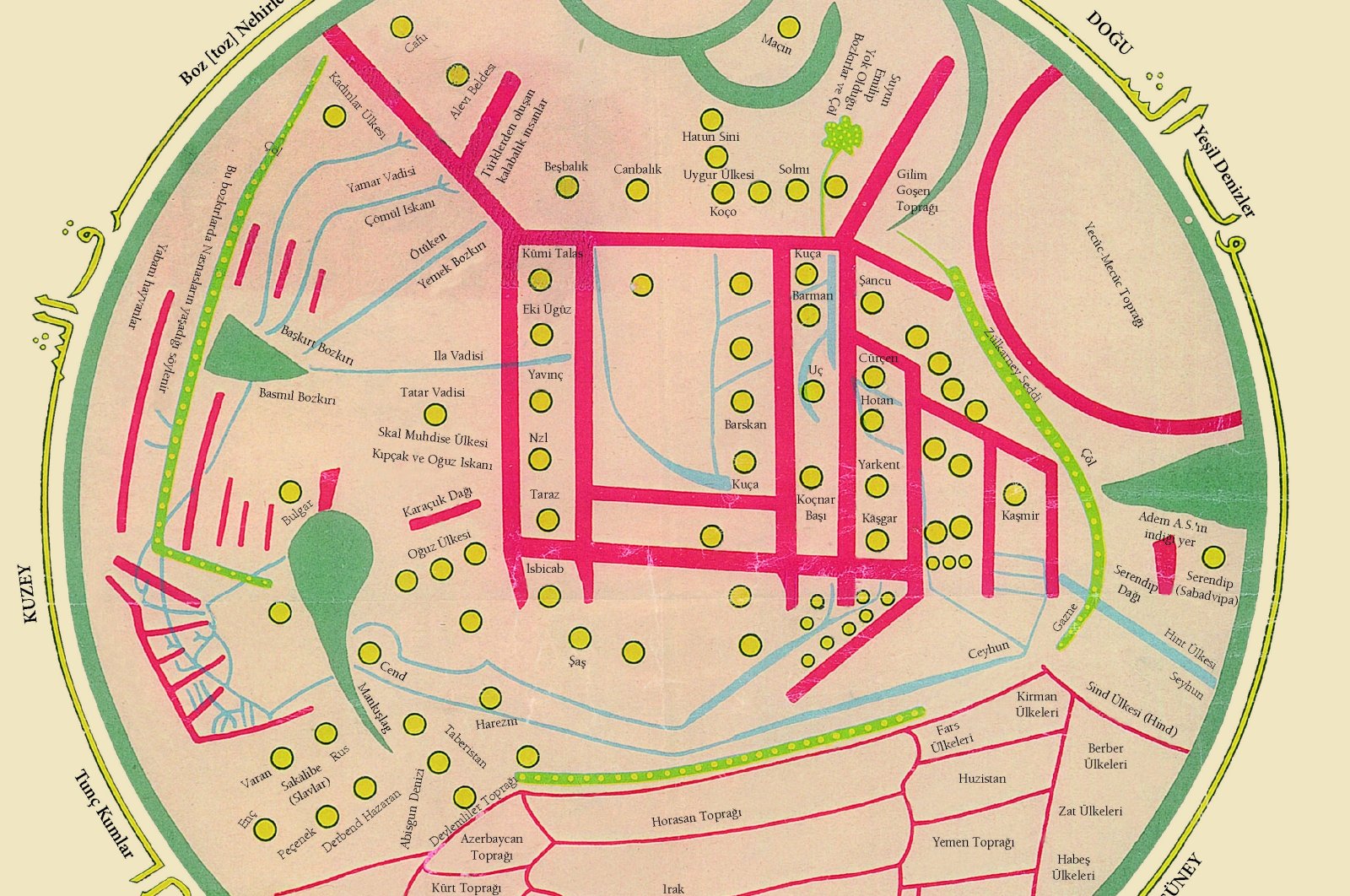
NAGOYA -- A dictionary of "otaku" terminology written by college students who are passionate about Johnny & Associates Inc.'s idols, K-pop artists and other interests will be published this fall.
Tokyo-based Sanseido Co., known for its Japanese dictionaries, has turned its attention to the power of otaku, or geeks, as it seeks to cultivate new demand amid sluggish dictionary sales.
What inspired the publication was "Daigenkai (the great limit)," a dictionary of otaku terms created by students at Nagoya College in Toyoake, Aichi Prefecture, in a seminar class in the fall of 2022. The name was derived from "Daigenkai (the great sea of words)" -- an enlarged and revised edition of "Genkai (the sea of words)," Japan's first modern dictionary -- and "genkai otaku," which refers to "otaku whose embarrassing behavior exceeds the limit."
Divided into 11 chapters, including idols, anime and games, the soon-to-be-published dictionary contains a total of 821 words. For example, the entry for "chokkon" is "the first day of a concert. It is used to abbreviate the word 'concert' by adding the Korean word 'cho = beginning' to it." Many of the words would be unfamiliar unless you were a committed nerd of a particular pop culture genre. The original dictionary created by the students was very popular at their college festival, with some people coming all the way from Tokyo to buy it.
The students' dictionary also became a hot topic on social media. When Sanseido editor Kentaro Okugawa, 54, ordered a copy of the dictionary as a reference book, it was so well received within the company that some employees commented, "The students' passion really comes through," and, "This is just the most interesting thing." Associate professor Yoshiko Koide, who teaches the Nagoya College class, approached the publisher about publishing the dictionary, and it was quickly given the green light.
The five new members of the seminar class are busy adding and revising the terminology, and doing illustrations so that the dictionary will be ready in time for the college festival in November. Erina Kato, 19, the seminar's head student and a self-proclaimed K-pop otaku, hopes that "not only will otaku relate to the dictionary, but that people who have no connection to otaku will also learn that this world exists."
(Japanese original by Shinichiro Kawase, Nagoya News Center)




